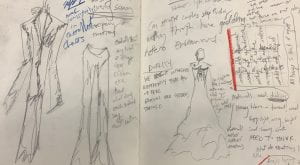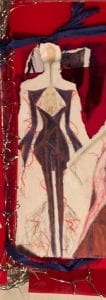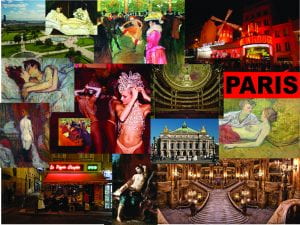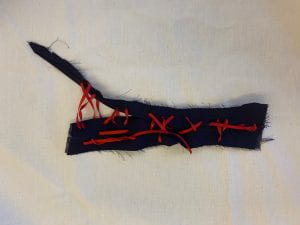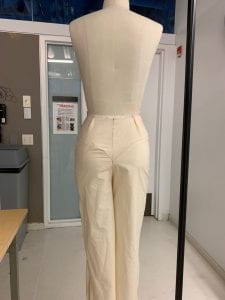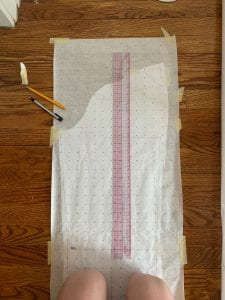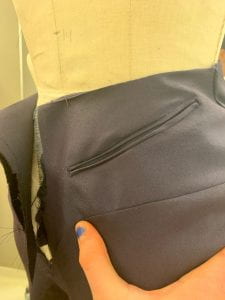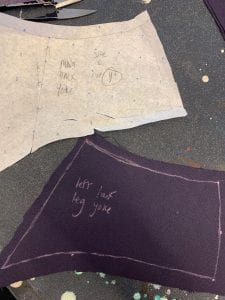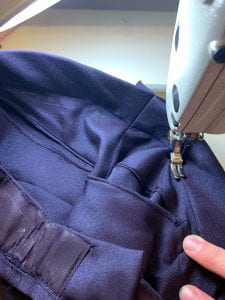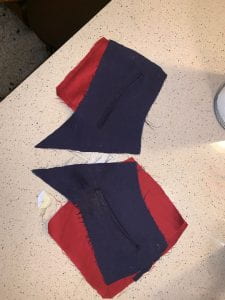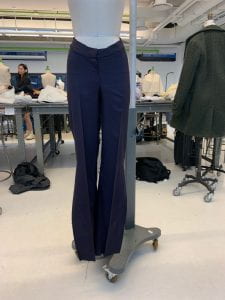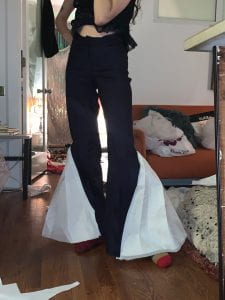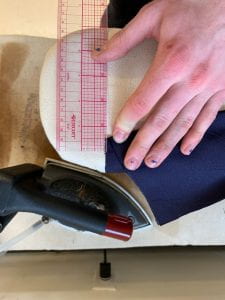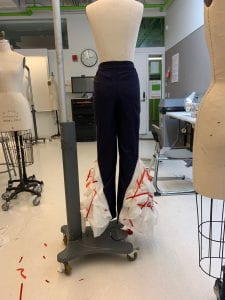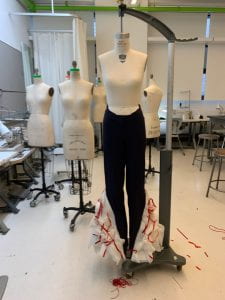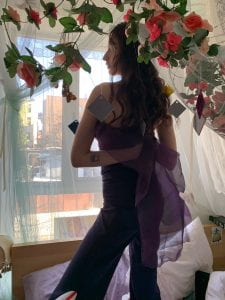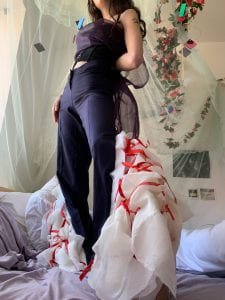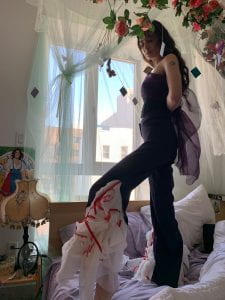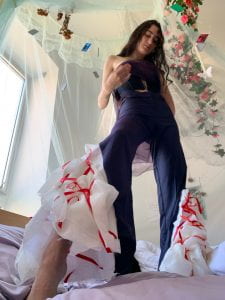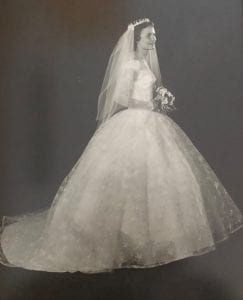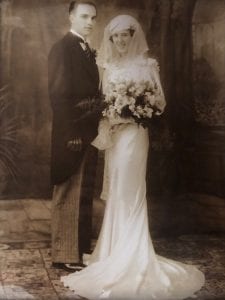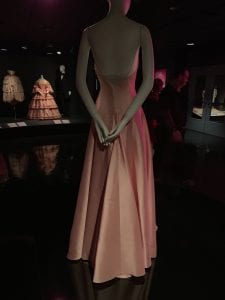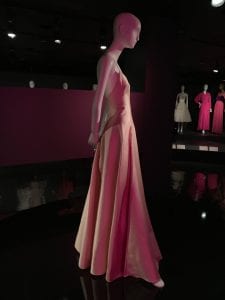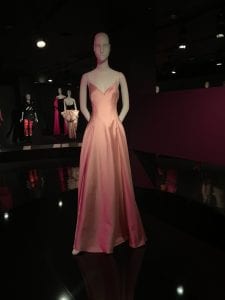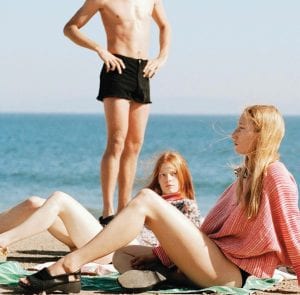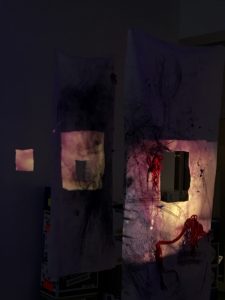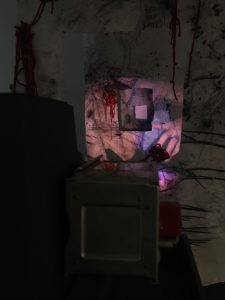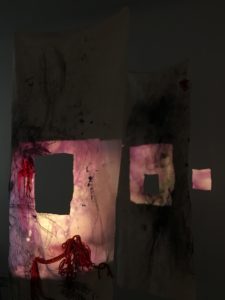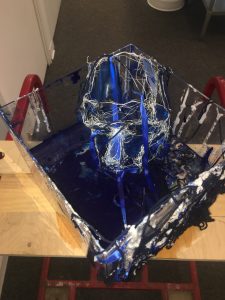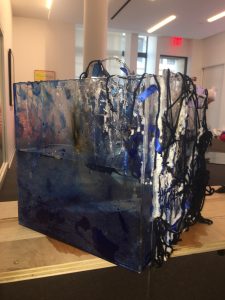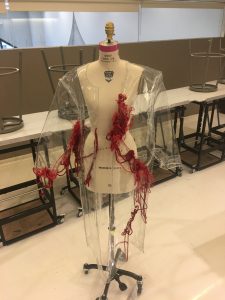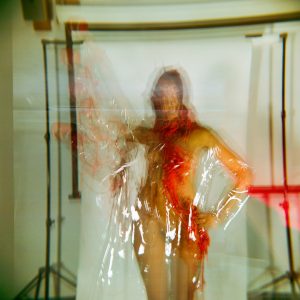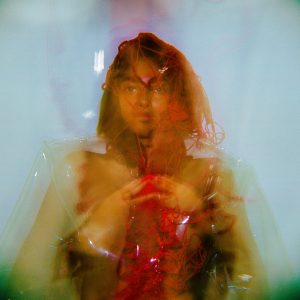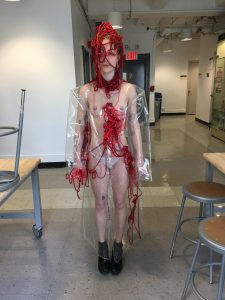
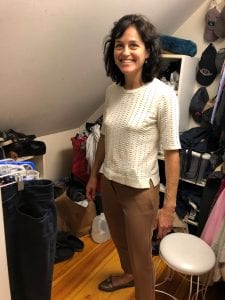
As I interviewed my Mom for my dress practice interview, a theme that emerged was my Mother’s self conscious habits. Throughout her entire dress process, there is a lack of confidence. She doesn’t see herself as beautiful; she rather thinks that she’s too old, too of shape, too busy to invest time in her style. She said that “quote about beauty,” capturing her uneasy relationship with her own style. Another theme I came across was her seeming disorganization. You wouldn’t guess from looking at her outfits, but my mother is probably the biggest organized mess I’ve ever encountered. Sophie Woodward writes “how the wardrobe is ordered and organized enables the women to organize life realms through the clothing worn to different domain,” (Woodward, 2007). Though her closet is an utter mess, it works for her. She’s able to navigate her messy closet with ease; this disorganization of garments is perfectly organized in her head.
Prior to this assignment, I’d never really given my Mother’s closet and style much thought. I noticed many things about how my Mom composes her appearance through this interview. For starters, her morning routine is a lot more extensive than I thought. She spends a lot of time in the morning on her beauty routine. This surprised me because she rarely ever wears makeup; I underestimated the effort she puts in to washing her face and preparing her skin and hair for the day. To her, I think the most important part of dressing is making sure her hair and body appear presentable to others. She meticulously irons all of her clothes (maybe to press away wrinkles of disorganization from her closet) and spends a lot of time thinking about what she’ll wear for the day before she even gets dressed. Overall, I suppose I’ve realized that there is much more thought out into my Mother’s appearance than I previously imagined. This point is one where we differ immensely. When I get ready for the day, I have little to no thought attached to the process. I literally roll out of bed, grab pants, a top, and shoes, and leave. I never pay attention to my hair— I just let it happen. I think the reason my Mom and I differ on our dress preparation is largely due to the subject positions of age, gender, and occupation. My youth and occupation as a student allow me to feel freedom in my dress practices. Contrastingly, my Mom is constantly worried about her image as a woman in a male dominated work setting. She wants to appear presentable, professional, on top of her life. She doesn’t need to worry about this, as she already is all of the above, but she feels pressured by her colleagues and position as a female doctor to always fit her image of herself. While my freedom in dress is heightened by those around me in school, I feel that my Mom is constrained by her work environment, barring her from expressing her dress practices in a more outgoing manner. I think that her age, occupation and gender give her more reason to show her dress practices, but she disagrees. The main reason we differ in dress practice is due to our varied subject positions and individual prerogatives on fashion and dress. I value my dress practices very much, whereas I think my Mother sees her dress practices as secondary to the more “important” things in her life, such as work and family life.
Conducting this dress practice interview made me realize a lot about the concept of dress itself. My Mom’s dress practice has helped me see that the relationship between body and dress is in no means solely physical. Dress practice is typically seen as the physical composition of an outfit, or someone’s overall style. Body and dress are much more connected than that; predetermined notions of the body will inevitably affect how dress is performed. It’s often thought that dress goes as such: try on a garment, but the garment, wear the garment. Actually, the individual’s established perception of themselves stops them from even picking up certain garments to try on. Dress practice forms based on an individual’s understanding of their own body. I’ve realized that clothing and the body are infinitely related due to self perception. Previously, I saw dress as an isolated experience of clothing draped on the body. After the interview with my Mom, I understand that dress is ingrained in every aspect of our lives, and self perception of body is the driving force of dress practice. Clothing only exists because of self perception of the body; the body can exist without clothes, but clothes cannot exist without the body.
Bibliography:
Woodward, Sophie. Why Women Wear What They Wear. Oxford: Berg Publishers, 2007.
